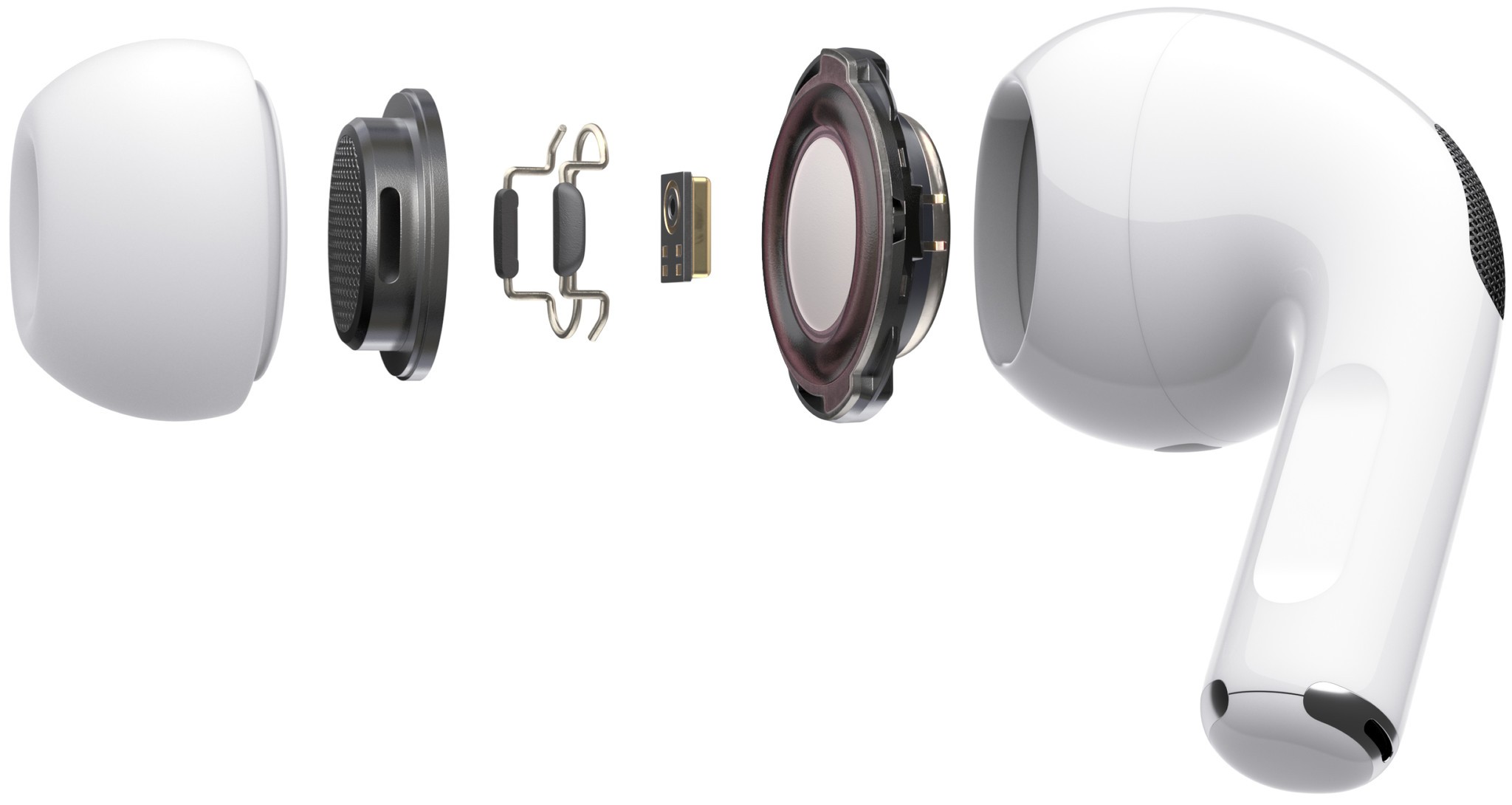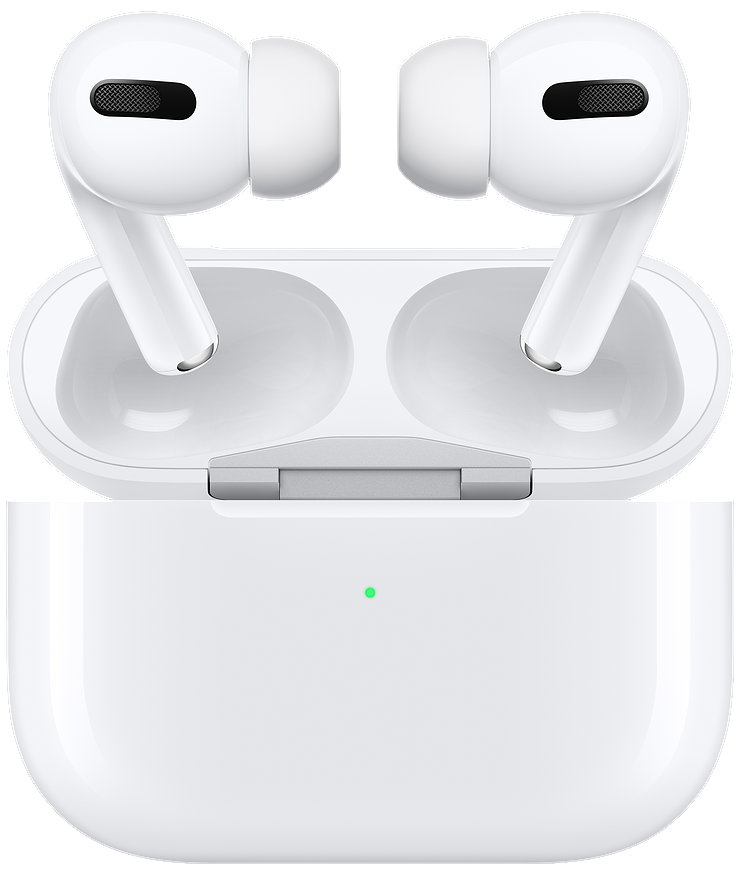What is active noise-canceling?

With the introduction of Apple's AirPods Pro, you're going to hear a lot more about active noise-canceling as it relates to audio products. Here's a look at what the technology does and why you should consider buying a product with it built-in.
What does active noise-canceling provide?
Also called active noise control (ANC) or active noise reduction (ANR), active noise cancelation has been designed to reduce unwanted sound by adding a secondary sound. The new anti-noise is used to cancel out the first, thereby making your audio content sound more robust.
There are two types of noise control, active and passive. The former uses a power source for sound reduction, while the latter uses something physical such as insulation or other sound-absorbing material.
In the case of active noise canceling, manufacturers typically use a combination of a microphone, battery, and circuitry to remove the sometimes annoying background noise surrounding a device. Some companies, like Bose, do this very well, while others less so.
Apple's AirPods Pro
The AirPods Pro active noise cancelation experience is created by two microphones that work in concert with software that Apple says "continuously adapts" to a user's ear and headphone fit. One of these microphones is outward-facing and detects external sound. Based on this information, the AirPods Pro creates equivalent anti-noise to drown out that sound.
The other microphone is inward-facing and listens to determine whether any additional background noise can get in. If there is, it cancels it out immediately.
There are two types of noise control, active and passive. The former uses a power source for sound reduction, while the latter uses something physical such as insulation or other sound-absorbing material.
The two-microphone process continuously adapts the sound signal 200 times per second. Combined with Adaptive EQ, the AirPods Pro creates a rich, immersive listening experience.
iMore offers spot-on advice and guidance from our team of experts, with decades of Apple device experience to lean on. Learn more with iMore!
Apple explains:
A custom high dynamic range amplifier produces pure, incredibly clear sound while also extending battery life, and powers a custom high-excursion, low-distortion speaker driver designed to optimize audio quality and remove background noise. The driver provides consistent, rich bass down to 20Hz and detailed mid- and high-frequency audio.
What is Transparency Mode?
Sometimes listening to music through active noise cancelation could become a real problem and even dangerous. In those instances, Apple (and other vendors) have added a transparency mode.

When activated, this mode lets you listen to your music (or talk to a friend or colleague) while simultaneously listening to the background noise in your environment. On the AirPods Pro switching back and forth between Active Noise Cancelation and Transparency Mode is performed using a force sensor. The ability to play, pause or skip tracks and to answer or hang up calls is also handled by this sensor. Controls are also available on iPhone and Apple Watch.
Cost
Audio products with active noise canceling, not surprisingly, cost more than those without. The AirPods Pro, for example, is $90 more than the AirPods with a non-wireless charging case and $50 more than the AirPods with a wireless charging. Expect to see similar price differences from other vendors. You'll need to decide whether the extra cost is worth it.
Any questions?
Do you have any questions or concerns about active noise canceling or the AirPods Pro? Let us know in the comments below.

Bryan M. Wolfe has written about technology for over a decade on various websites, including TechRadar, AppAdvice, and many more. Before this, he worked in the technology field across different industries, including healthcare and education. He’s currently iMore’s lead on all things Mac and macOS, although he also loves covering iPhone, iPad, and Apple Watch. Bryan enjoys watching his favorite sports teams, traveling, and driving around his teenage daughter to her latest stage show, audition, or school event in his spare time. He also keeps busy walking his black and white cocker spaniel, Izzy, and trying new coffees and liquid grapes.

